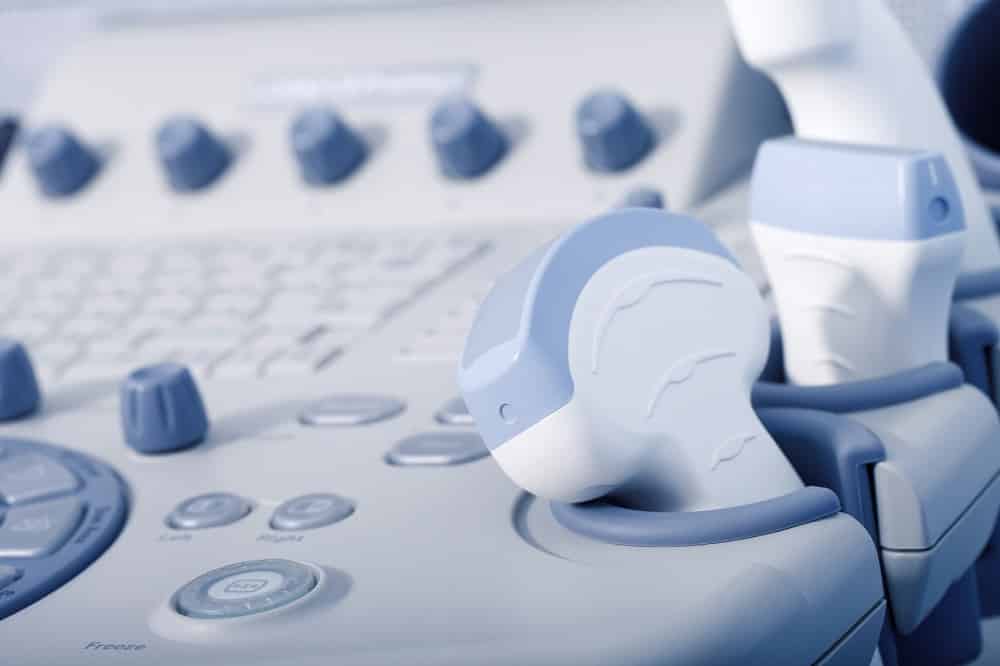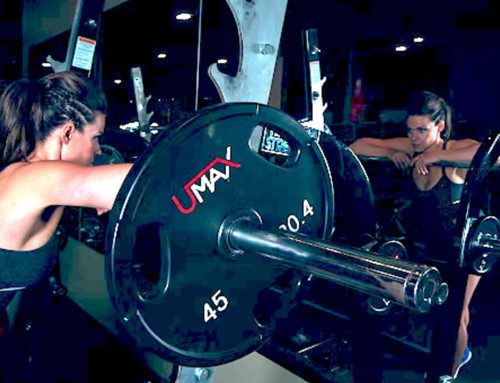Ultrasound is frequently used to assess the shoulder. In studies, it has been found to be as accurate as magnetic resonance imaging in the detection of rotator cuff tear. (1) A systematic review including over 60 studies and 6000 shoulders found diagnostic ultrasound for the shoulder had good sensitivity and specificity for the assessment of partial thickness and full-thickness rotator cuff tears. (2) Ultrasonography can be used as a focused examination providing rapid, real-time diagnosis, and treatment of a variety of shoulder pathologies in certain clinical situations.
I asked Dr. Ferrell, a leading provider and expert of diagnostic ultrasound in the DC area, a few questions to get more information about how this imaging tool is used to help patients.
Belinda: What are you looking for when you assess the shoulder using diagnostic ultrasound? What types of shoulder pathologies can you detect?
Dr. Ferrell: When assessing a shoulder under ultrasound we are looking for abnormal motion or impingement as well as inflammation. I am evaluating for tendinitis, tendinosis or tears of the rotator cuff. I also look for calcification in the rotator cuff that can cause pain and I look for instability of the labrum. Lastly we evaluate for atrophy around the rotator cuff and scapular stabilizers (shoulder blade) muscles.
Belinda: Are there any treatments you are able to provide based on what you find with the ultrasound?
Dr. Ferrell: Depending on what we find from the history, physical exam, and ultrasound we determine if it can be treated conservatively or if injections are needed. Inflammatory conditions like bursitis and tendinitis can be treated with an anti-inflammatory injections.
Tears in the tendon or labrum can be treated with regenerative injections like Platelet rich plasma and/or stem cells.
Calcification can be treated with anesthesia medicine and we can break it down into smaller pieces and aspirate it out. The use of ultrasound allows me to be precise with the placement of the injection so I know I put the medication in the right area.
Belinda: Do your findings have any implications for physical therapy?
Dr. Ferrell: With information found on ultrasound we guide the physical therapist to work on strengthening certain areas or identify areas that will benefit from dry needling, graston, or other modalities. It also allows us to determine if a problem will need “push through the pain” and do eccentric strengthening or if the tendon is over inflamed and needs rest.
Sources
- Jatinder PS. Shoulder ultrasound: What you need to know. Indian J Radiol Imaging. 2012 Oct-Dec; 22(4): 284–292.
- Smith TO, Back T, Toms AP, Hing CB. Diagnostic accuracy of ultrasound for rotator cuff tears in adults: A systematic review and meta-analysis. Clin Radiol. 2011;66:1036–48.





